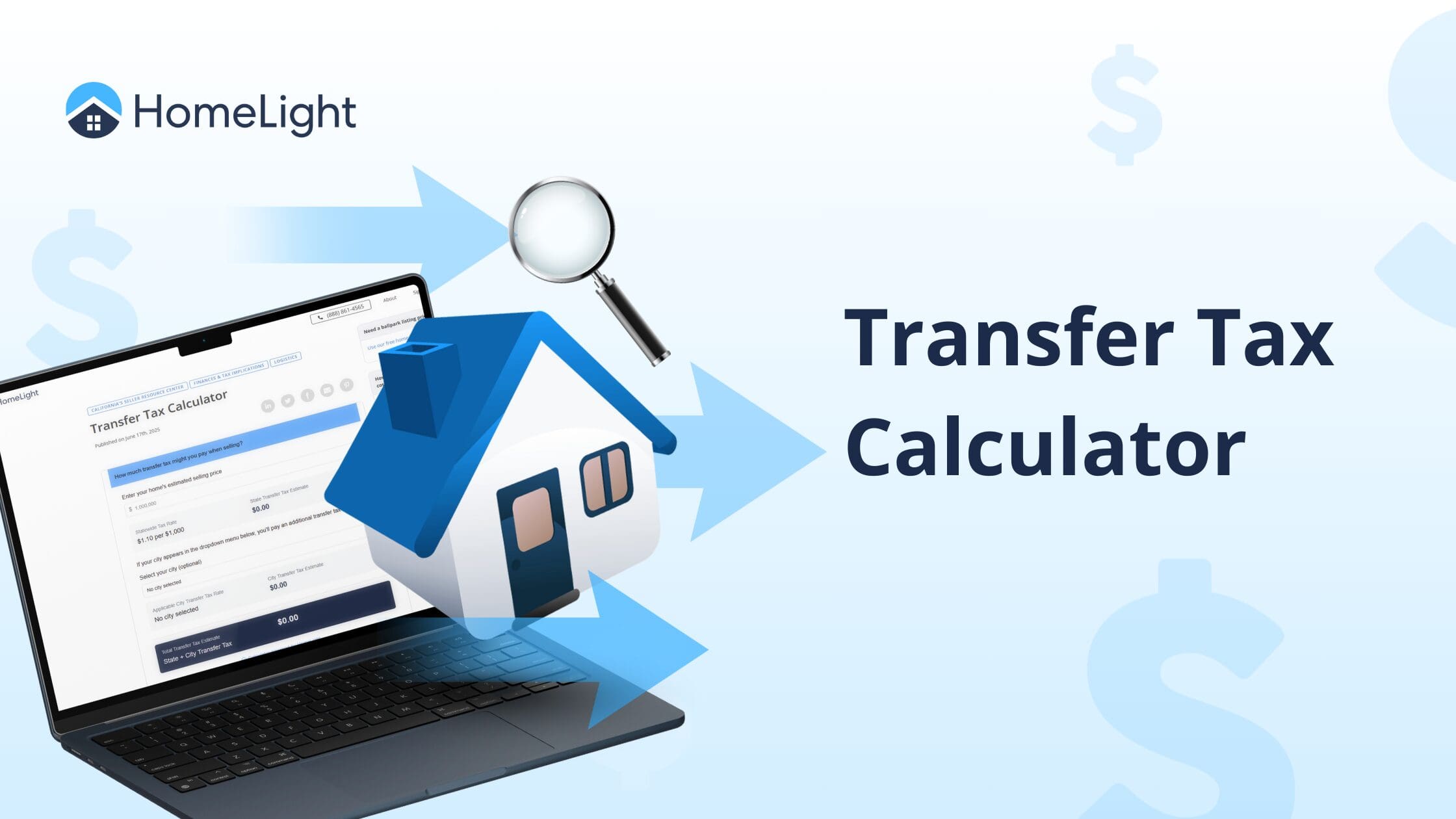 Refinancing your mortgage is a significant financial decision, and understanding the costs involved is crucial. One of the most frequently asked questions is whether a down payment is required.
Refinancing your mortgage is a significant financial decision, and understanding the costs involved is crucial. One of the most frequently asked questions is whether a down payment is required.
The short answer is no, a down payment is typically not needed when refinancing. However, you will almost certainly have to cover closing costs. This Redfin Real Estate article will walk you through everything you need to know about refinancing with no upfront cash.
Here’s what we’ll cover:
- Can you refinance with no money out of pocket? We’ll explain how it’s possible to roll closing costs into your new loan, potentially eliminating the need for upfront cash.
- How to avoid paying closing costs. Learn about “no-closing-cost” refinance options and other strategies to minimize your out-of-pocket expenses.
- What is required for a mortgage refinance? We’ll outline the key criteria lenders look for, including credit score, debt-to-income ratio, and home equity.
Whether you’re refinancing a townhouse in Austin or a brownstone in Brooklyn, this guide will help you navigate the process and make an informed decision.
What is refinancing a mortgage?
Refinancing a mortgage, explained by Redfin, involves replacing your existing home loan with a new one, often to secure a lower interest rate or different loan terms. Refinancing can lead to significant savings on interest payments over the life of the loan, lowering your monthly payments or allowing you to pay off your loan faster.
Do you need a down payment to refinance a mortgage?
No, a down payment is typically not needed when refinancing a mortgage. Your home’s existing equity, which is the percentage of the home’s value that you own, acts as your stake in the property. Lenders will evaluate your home’s equity, among other factors, to determine your eligibility and the terms of your new loan.
However, while you don’t need a down payment, refinancing does come with its own set of expenses. These are known as closing costs, and they are the fees associated with processing and finalizing the new loan. These costs can include:
- Appraisal fee: An appraiser assesses the current market value of your home.
- Loan origination fee: This is a fee charged by the lender for the administrative work of processing your application.
- Title services: This includes a title search to ensure there are no legal issues with the property and title insurance.
- Recording fees: These are fees paid to the local government to record the new mortgage.
- Other fees: You may also encounter fees for a credit report, attorney fees, or a survey, among others.
According to Experian, these closing costs typically range from 2% to 6% of the new loan amount. It’s important to understand these costs and factor them into your decision-making process. While it’s possible to roll these costs into your new loan, which means you won’t have to pay them upfront, doing so will increase your loan balance, and you will pay interest on that amount over time.
Equity requirements for mortgage refinancing?
Home equity is the portion of your home’s value that you own, and it’s a critical factor in mortgage refinancing. Lenders use it to gauge their risk; a higher equity stake makes you a more attractive and less risky borrower.
Here’s a breakdown of the typical equity requirements for mortgage refinancing:
- The 20% rule: For a conventional refinance, lenders generally prefer you to have at least 20% equity in your home. This is often expressed as a loan-to-value (LTV) ratio of 80% or less. The LTV ratio is the amount you’re borrowing divided by the home’s appraised value (LTV=Home′s ValueLoan Amount). A lower LTV ratio is a strong indicator of financial stability and often leads to a better interest rate.
- Refinancing with less than 20% equity: It is possible to refinance with less than 20% equity, but it often comes with a significant caveat: Private Mortgage Insurance (PMI). If your LTV is above 80%, lenders will typically require you to pay PMI, which is an extra monthly fee that protects them in case you default on the loan. For a conventional rate-and-term refinance, you may qualify with as little as 3% equity, but you will have to pay PMI.
- Government-backed loans: Certain government-backed loan programs, such as FHA, VA, and USDA loans, have more flexible equity requirements.
- FHA: FHA streamline refinances may have no specific equity requirement. For a cash-out refinance, however, you generally need 20% equity.
- VA: VA loans are known for their flexibility and may allow for both rate-and-term and cash-out refinances with little to no equity.
- USDA: For those with existing USDA loans, a streamline refinance may not have an equity requirement.
- Cash-out refinances: If you plan to do a cash-out refinance to access your home’s equity, the requirements are typically stricter. Most lenders require you to have at least 20% equity and will cap the new loan amount at 80% of your home’s value.
To determine your home’s equity, you can use a simple formula:
Home Equity = Home′s Current Value − Mortgage Balance
Keep in mind that lenders will require a professional appraisal to get a definitive market value for your home during the refinance process.
Can I refinance with no money?
Yes, it is possible to refinance with no money out of pocket, but it doesn’t mean the costs disappear. When you hear “refinance with no money,” it’s referring to not having to pay for closing costs upfront. While you don’t need a down payment to refinance, you will still be responsible for the closing costs. The “no money” option is a way of handling those fees.
How to avoid paying closing costs on a refinance?
You don’t technically “avoid” closing costs, but you can structure your refinance so that you don’t pay them out of pocket. There are two primary ways to do this, both of which mean the costs are paid over time:
- Roll the costs into your new loan: The closing costs are added to your new mortgage balance. While this means no upfront payment, it increases the total amount you owe, and you’ll pay interest on those costs over the life of the loan.
- Take a higher interest rate: The lender agrees to cover your closing costs in exchange for giving you a higher interest rate on your new mortgage. This may result in a higher monthly payment and a greater total interest paid over time compared to paying the costs upfront.
How to get the lowest refinance rate?
Securing the best refinance rate can save you a significant amount of money. Here’s how you can improve your chances:
- Boost your credit score: Lenders offer the best rates to borrowers with excellent credit. Aim for a score of 740 or higher.
- Shop around: Get quotes from multiple lenders—including banks, credit unions, and online lenders — to find the most competitive rate.
- Lower your LTV: Your loan-to-value (LTV) ratio compares your loan amount to your home’s value. The more equity you have, the better your rate will be.
- Lower your DTI: Your debt-to-income (DTI) ratio shows how much of your income goes toward debt. A lower DTI (36% or less) makes you a more attractive borrower.
- Consider points and terms: You can pay discount points upfront to get a lower interest rate. Also, shorter-term loans (like a 15-year mortgage) generally have lower rates than longer ones.
- Timing: “Marry the house and date the rate.” Don’t let high interest rates deter you from refinancing a home you love. The rate you get today is temporary. If rates drop in the future, you can always refinance again to secure a lower rate. This mindset allows you to act on a great property now, with the flexibility to improve your loan terms later.
Putting it all together
The current real estate market can be complex, and refinancing your mortgage offers several potential benefits. It can lower your monthly payments, freeing up cash for other goals. Additionally, a “cash-out” refinance allows you to tap into your home’s equity, which you could use for investments, home improvements, or other large expenses.
To explore if refinancing is the right choice for you and to understand if you’ll need a down payment, it’s wise to review current mortgage rates and consult with a lender. You can check current rates on platforms like Redfin to get a better idea of what’s available.


















 English (US) ·
English (US) ·